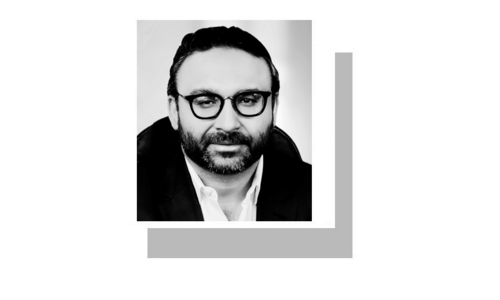LAHORE: The Punjab government has allocated a record Rs635 billion for the Annual Development Programme (ADP) for 2017-18 under a strategy to optimise investment decisions. The allocation is 15.45 per cent higher than Rs550bn for the outgoing fiscal year.
The budget documents say recognising the scarcity of resources a shift is being made in the planning by developing an ADP portfolio containing only the approved schemes and side-stepping from block allocations against “concept schemes” and unallocated pools.
It argues that the step will ensure immediate implementation of development project with the budget cycle resulting in better utilisation and smaller throw-forwards.
One-third allocations go to social sector, education, health, water supply and sanitation
Like in the previous ADP, priority has been given to develop the social sector, education, health, water supply and sanitation, with an allocation of Rs201bn, or 32pc of the ADP.
The second priority has been assigned to infrastructure development as it gets more than Rs172bn with major focus on roads construction (Rs90.7bn) and irrigation (Rs41 bn). Each sub-sector contains Rs16bn foreign-aid component.
Major initiatives in the irrigation sector include construction of intake and allied structures on Ravi River to augment water supply to Lahore, construction of Kas Umar Khan canal system, Papin and Dadoacha dams, and phase-II of the Greater Thal Canal project.
A sum of Rs103bn has been earmarked for service delivery. Of this, the transport sector claims the lion’s share of Rs97bn, including Rs93.5bn foreign-aid component.
The production sector, which includes agriculture, cooperatives, forestry, wildlife, fisheries, food, livestock, industries, etc, has been earmarked Rs51.69bn. Of this, agriculture lays claim on Rs21bn and industries Rs15bn.
A huge chunk of Rs88bn has been apportioned for special initiatives.
The highlights of the ADP included earmarking of Rs15bn for Kissan Package and a similar amount for the prime minister’s Sustainable Development Goals programme.
A sum of Rs3bn has been set aside for a special loan plan under a credit scheme for small and medium enterprises.
Under the regional development programme for less-developed districts, an allocation of Rs5bn has been made.
To develop the districts falling along the western route of China-Pakistan Economic Corridor in the province, an allocation of Rs1bn has been made.
Besides, Rs50bn has been allocated to modernise the police and its capabilities under the Punjab Safe City Project.
At least Rs15bn has been earmarked for constructing classrooms and providing missing facilities in public schools, whereas 500 new schools will be opened under the Punjab Education Foundation.
Allocations have also been made for Ujala Programme to provide off-grid solar power to 10,000 schools, setting up the Punjab Agriculture, Food and Drug Authority and the Women Protection Authority.
A sum of Rs25bn has been made for the ‘Saaf Pani’ project to ensure clean water for un-served and underserved rural areas. Moreover, Rs15bn has been set aside for comprehensive rural sanitation and solid waste management programme.
An amount of Rs53.5bn has been allocated for good governance initiatives and information technology while Rs45bn will go to Local Development Programme for the provision of basic amenities in backward and leftover areas of the province.
To attract foreign investment in the textile sector, the government plans to establish an apparel park near Lahore. The province will also start work on the 135-megawatt Taunsa Hydel Power project, a biomass power project at Faisalabad, and an energy resource centre in Lahore.
Foreign-funded projects
In collaboration with world development partners, the government is launching Strengthening Markets for Agriculture and Rural Transformation (SMART) to remove market distortions, develop skills of youth, provide easy access to IT and finance.
To preserve religious sites of Sikh, Buddhist and Hindu communities and to promote religious tourism, Punjab Cultural Heritage and Economic Growth Project will be initiated with a $50 million World Bank fund.
The public-private partnership will be encouraged with a $100m plan and skills of youth will be developed with a $50m credit facility from the International Development Association.
Likewise, the quality of life in five towns — Sialkot, Sahiwal, Bahawalpur, Rahim Yar Khan and Sargodha — will be improved through the Intermediate Cities Improvement plan, while the World Bank will provide $300m for the three-year Education Support Project-III.
The World Bank will also provide $130m for high-efficiency irrigation technologies and fostering agricultural value chains.
Published in Dawn, June 3rd, 2017















































Dear visitor, the comments section is undergoing an overhaul and will return soon.